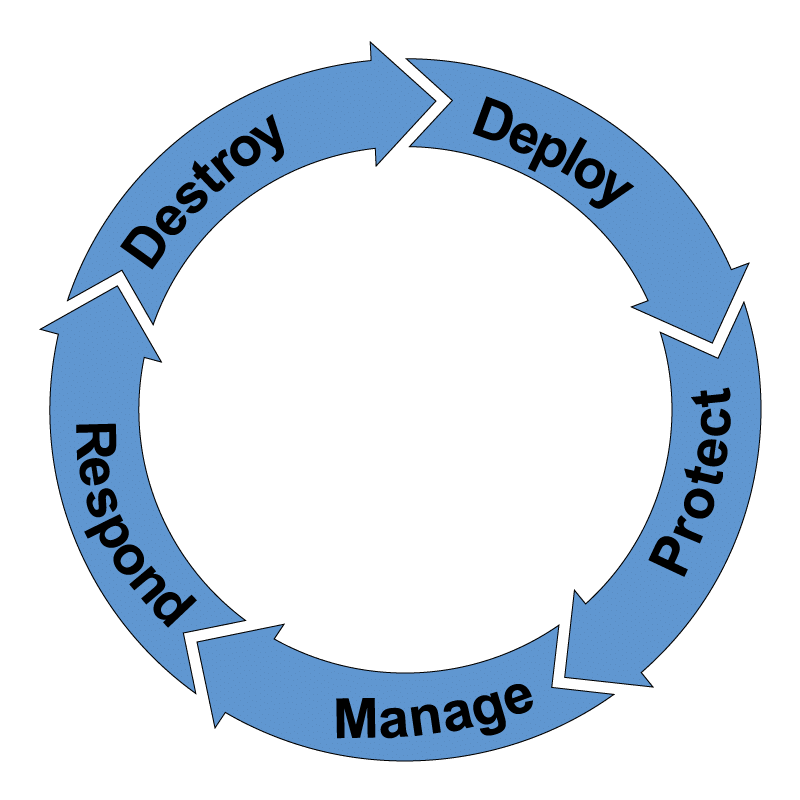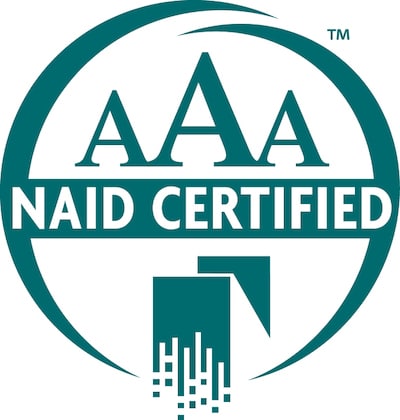It’s Earth Day. How Does Your IT Asset Destruction Stack Up?

Did you know that every year over 50 million tons of electronic waste is created?
Let’s break the destruction of those 50 million tons into three essential points to consider (as a business owner or employee in charge of IT asset management).
- Proper destruction is the right thing to do.
- Regulations require it, and there are many different state laws to consider.
- Someday, you may need to prove how you handled your e-waste.
Proper destruction is the right thing to do.
So, if you care about our planet, it’s essential to watch beyond your backyard. Technology, hardware, TVs, monitors, old cell phones…they end up somewhere. These are always interesting conversations to have with people. Some people give away equipment; others sell it. And others use a vendor, like us. And, for the most part, they may have taken some steps to wipe away data before doing any of the aforementioned. And, yes, that’s a whole different story. But, what really happened to your equipment if you were to trace it? Unfortunately, globally e-waste is growing and is disposed of improperly. In fact, between 2014 and 2019, e-waste grew by 21%. To make it worse, less than 20% of us are discarding our e-waste correctly. That means, 80% of us are throwing away valuable, recyclable, and reusable products and harming our planet in the process. While data varies, one study clearly shows that the US’s electronics went straight in the trash and headed directly to local landfills or trash incinerators.
In contrast, other studies suggest US e-waste is transported to China, and dumped as litter in the streets where it poisons the people. Some residents are put to work on the dumped electronics to uncover the valuables (like copper and steel) inside. High levels of lead have been found in these people put to work picking your trash. Regardless of where the e-waste goes, if you are not doing it correctly, somewhere you are poisoning our Earth – in the atmosphere, water, and soil; and our people.
It’s a Regulation. Check your state.
In our home state of Pennsylvania, ahead of many others ( in 2010), the Pennsylvania Covered Device Recycling Act (CDRA) required that consumers and businesses NOT dispose of covered devices, such as computers, laptops, computer monitors, televisions, and tablets with their trash. These laws, along with federal EPA regulations, have led to a surge in businesses and even non-profit organizations that will take your e-waste. However, the “come get it” or “drop it off here” mentality is not without concerns and consequences. This decision is where you must begin to look at the data on your computer and the company or organizations’ validity you are entrusting with your e-waste. Do you know how to destroy data entirely and how to ensure that it is gone? How do you trust the company you select? These are areas you need to investigate. There are some great programs out there, and there are some really bad guys too. Many will resell or keep what they want and dump the rest. That in itself is wasteful. Many companies are beginning to realize that our e-waste processes are not keeping up with the times. We spend considerable time and resources mining the ore from the Earth’s crust when elements from electronic waste could provide these same elements without the environmental destruction that traditional mining often entails*.
Someday, you may need to prove how you handled your e-waste
With increased focus on our planet, being green, and even, protecting employees’ health and well-being, companies worldwide are seeking certifications and programs to ensure their customers and employees are making the right choices. E-waste is one area of growing interest. Employees and customers want to know that you are doing what you can to demonstrate your organization’s commitment to responsible e-waste management. So how do you do that? It’s critical to work with a vendor committed to ensuring that all e-waste is recycled according to EPA regulations and state laws. Certificates of Recycling should be issued for each project, providing you with an inventory of each item recycled, with that inventory being reconciled against your own asset management database.
If your equipment to be recycled stores data, such as hard drives, SSDs, and other digital storage media, they should digitally destroy it following NIST standards. Each piece of equipment should be processed in accordance with EPA, DEP, all national, and even most international regulations.
So, while we encourage you to think about your carbon footprint this Earth Day, we also encourage you to examine your e-waste disposal process. What is your process? Is it effective? How do you measure efficacy? And what could you improve? We are no longer living on a planet where “out of sight, out of mind” processes are acceptable. We can do better by adopting the right strategies and educating ourselves. We are improving our e-waste processes with the same thoughtfulness, and of course, that’s our business. But on Earth Day, we passionately ask, will you join us?






